The Tughlaqabad fort was worked by Ghiyas-ud-noise Tughlaq, the originator of the Tughlaq line. The fort is spread over a broad range and a bit of compositional wonder. Ghiyas-ud-noise Tughlaq fabricated the Tughlaqabad fort as a component of Tughlaqabad, the third city of Delhi. This was the time of political turmoil and there was ceaseless peril of Mongol assault from the North western outskirts of the Empire. To spare the Empire and his subjects from the pillaging Mongols, Ghiyas-ud-clamor assembled the Tughlaqabad fort.
Despite the fact that the fort is in a condition of remains, it bears declaration to past magnificence and might of the Delhi Sultanate. The huge bulwarks, bastions and the mammoth stonework of Tughlaqabad fort talk profoundly of the building aptitudes and progression of the experts. The Tughlaqabad fort filled twin need of a protective structure and in addition the supreme capital of Ghiyas-ud-commotion Tughlaq. There are various landmarks inside the areas of this gigantic fort.
Facts about the Tughlaqabad Fort

The Tughlaqabad fort was finished in a brief time of four years (1321-25). The fort’s huge bulwarks and bastions (as high as 15-30 m, worked of huge pieces of stone and dividers 10 m thick in places) say a lot about the might of the Sultanate. Inside fort’s high dividers, twofold storied bastions and monstrous towers were housed glorious royal residences, terrific mosques and gathering of people lobbies. The city lay on the eastern edges of the monstrous fort. On the southern side of the fort is the tomb of Ghiyas-ud-clamorTughlaq, which was worked by the ruler himself. The tomb is encased in a patio with fortified dividers and a fine case of Indo-Islamic engineering.
Historical Brief for you:

This fort has a fascinating history: It was worked in the early piece of the fourteenth century by Ghias-ud-clamorTughlaq. Before Tughlaq had gained this title, he was called Ghazi Malik and served Sultan Mubarak Khilji. Building this fort came to Tughlaq amid a discussion with Khilji where the last scoffed that the slave Tughlaq (at that point Malik) should assemble himself a pristine city on a hillock. At the point when Tughlaq went to the position of royalty (including subtle elements I won’t get into here), it was this genhold to keep the danger of Mongol trespassers under control. For motivations behind availability, Tughlaq likewise had a street manufactured associating with what came to be known as the GT Road.
Legend has it that Tughlaq managed that each worker of the range be associated with building this city-fort. This conjured the fury of one specific worker – NizamuddinAuliya – who reviled the whole endeavor. Furthermore, lo and view, the city-fort couldn’t succeed! Indeed, even today it is known for the prickliness of its brambles, and its general inhabitability.
The Delhi Tughlaqabad fort is one of the biggest forts around India. Be that as it may, the fort was not utilized for much time. There are even a few convictions that propose that the fort is reviled. Fortunately, the fort is as yet open for individuals to visit right up ’til the present time. A portion of the parts are not effortlessly open but rather there is a wide range of leftovers that can even now be found in the territory.
About the Tughlaqabad Fort
The Tughlaqabad fort was manufactured by Ghazi Malik, a slave to Mubarak Khilji. Ghazi Malik found that the zone where the fort is today would make for an incredible spot for a fort. Mubarak Khilji clowned that Malik should fabricate that fort in the event that he at any point turned into a sultan. In any case, Malik would in the end move toward becoming Ghiyas-ud-noise Tughlaq, the primary run of the Tughlaq tradition. He would then form the fort in 1321.
Be that as it may, the fort was surrendered in 1327. This originates from a revile that was put on Saint Nizam-ud-clamor after his work on the production of a well needed to stop. This was because of Tughlaq’s request that the general population who worked at the fort ought to be individuals from Delhi. In the end, Tughlaq kicked the bucket when an overhang fallen on him. His successor at that point relinquished the fort and constructed another one.
The certainties and history of Tughlaqabad fort is still in presence is as yet open to individuals who need to see it. The delhitughlaqabad fort covers a territory of around 6.5 km and highlights divider that are no less than ten meters high in many spots around the tughlaqabad fort area.
About Tughlaqabad Fort Delhi
Tughlaqabad Fort is also named as the Ruined Fort and is considered to be a symbol of strength for Tughlaq dynasty. Built in 1321-1325 AD by Ghiyasu’d-Din Tughlaq, this fort is said to be his dream even before he was the ruler. He wanted to build a city where his people could live in harmony and feel protected by the presence of the fort. Tughlaqabad Fort is most beautiful specimens of pure islamic architecture and has a touch of the Sultana’s.
From the walls to domes and carvings everything was on point and It can be witnessed on the 13 entry gates of this fort, each one of them have amazing designs. Tughlaqabad Fort was famous for its greatness but still it got abandoned not long after it was built. There are many stories which claim that the place is cursed and is haunted.
Legends says that a Sufi saint cursed the place and it led to the downfall of Tuglaq dynasty. Today this place has become home to many other stories which adds to its existence. It is cursed or not, but this place will not fail to amuse you as you can enjoy the breathtaking view of the capital from the top of the fort and can capture the scenic beauty this place offer in your frame.
How to Reach Tughlaqabad Fort Delhi

The Tughlaqabad Fort is 20kms away from the Delhi airport and 25kms away from the Delhi Railway station. Delhi is a well- connected place you won’t find any problem in reaching the fort. You can choose the bus, auto-rickshaw or cabs anything according to your preference. You can also reach the fort with the help of the Delhi metro, Govindpuri is the nearest metro station from the Tughlaqabad fort.
Best Time to Visit Tughlaqabad Fort Delhi
Best time to visit the Tughlaqabad Fort is during February to April and September to November. If you live in Delhi then you can visit this place any time round the year according to your preference but if you are planning for Delhi you should avoid the main summer months which are May-June and main winter months that is December-January. Delhi has extreme weather conditions in either of the season.
For Tughlaqabad fort people also avoid the rainy season, which is July and August. If you want to know the best time during the day to visit this place you should try the morning hours as you can also enjoy clicking good pictures here during this hour.
What Not to Miss at Tughlaqabad Fort Delhi
Things To See at Tughlaqabad Fort

There are few things which you should see while you visit this beautiful structure:
1. This majestic Fort had 52 gates, and today only 13 are left. So do visit these spectacular gates as they are said to have beautiful designs and carvings on them.
2. Enjoy the scenic view from the top of the Fort. You can witness the beautiful premises, adjoining modern settlements and the royal tomb. It will be breathtaking and you will be refreshed.
3. There was a vast artificial water reservoir in the south of Tughlaqabad. Observe all the seven remains of man made rainwater harvesting tanks inside the Fort.
4. Witness the underground passage which was one of the creative features of this Fort. The underground passage that also had chambers and was connected to the palace area.
5. Do not forget to witness the fabulous architecture of this Fort which gives you an idea about the Military style of architecture and also the beauty of Islamic designs.
6. The entire fort is ruined but still, there is one fort which is complete and also a roof. You can visit it and see the surroundings.
7. You must see the grave of the king which is inside the fort campus. It is made of red sandstone, slate and marble slabs.
Places to visit near Tughlaqabad Fort
There are many places which near to this amazing Fort and you can also visit and explore them. Some of which are:
1. Asola Bhatti Wildlife Sanctuary: A beautiful place for both nature and animal lovers. You will get to witness the different species of birds and animals. Covering the area of 32.71 sq.km this place has lakes, conservation education centres and much more.
2. Adilabad Fort: This modest size fort is another symbol of the Tughlaq dynasty. It was built to provide protection as it has massive barriers on its boundary around the city of Jahanpanah which was settled by Muhammad bin Tughlaq.
3. Lotus Temple: A beautiful place which is a temple and has a secular vision for accepting every religion for the only purpose of Liberation. It has a prayer hall for meditation, it has got lush gardens and pool. It has a majestic structure in the shape of lotus- the flower.
4. Khirki Masjid: Built in the mid-14th century by the ruler of Delhi Feroz Shah Tughlaq. It has elaborate ceiling features, thoughtfully carved walls, and has a small closed quadrangle-shaped mosque.
Other Essential Information About Tughlaqabad Fort Delhi

-Location: Tughlaqabad Fort can be reached from the Delhi airport which is 20 kms away and is 25 km from Delhi railway station.
-Timings: You can visit this place between 7 am to 5 pm.
-Price: The Indian adults need to pay the entrance fee of Rs.5 and foreigners need to pay Rs.100. Children below 15 years are allowed for free.
History of Tughlaqabad Fort

Tughlaqabad Fort was established during 1321-1325 AD by the first ruler of the Tughlaq dynasty named Ghiyasu’ d-Din Tughlaq. It is believed that in 1321 Ad Ghazi Malik defeated Khalis and changed his name to Ghiyasu’ d-Din Tughlaq and then he started the Tughlaq Empire. He promptly began to build his described city, which he used to dream, and along with the city an obscure and a beautiful fort which will stand high and protect the city.
After Tughlaq came in power, his primary concern was to build a capital which was strong enough to defend the Mongol attacks and provided security to citizens. So, Tughlaqabad Fort was constructed in a short period of four years due to which the Sufi fakir known as Saint Nizamuddin Auliya, got angry on the Ghiyasu’ d-Din Tughlaq for engaging all the workers in the construction of the Fort. The saint cursed the fort and it is said that the curse led to the downfall of Tuglaq dynasty.
Architecture of Tughlaqabad Fort
Although the fort has been ruined but still the remains depict about its beauty. The Military style of architecture can be seen here as the Fort was built to serve the purpose of protection of the city. You can see the beautiful blend of Islamic and Hindu designs. Thick walls were built using enormous blocks of stones. The fort is standing on a high outcrop of rock and has a defensive function which are high enough to stand strongly against any attack.
Rubble masonry along with huge sandstone blocks were used to make the shape of the structure. Tughlaqabad was built by dividing it into three sections: a palace section, a citadel and, the residential city and all the sections were built with different beauty. The entire structure was made to provide proper security to the citizens.
The most interesting and creative feature of this Fort is the underground passage which also has chambers built alongside and was connected to the palace section. The fort has pointy barbicans which encloses the tomb complex and has a circular bastion with defensive barbicans like barrier.
Haunted at Tughlaqabad Fort

The Tughlaqabad Fort is mentioned in the list of top haunted places in Delhi. There are many stories among the locals that point towards the fact that the Tughlaqabad Fort is haunted. History says that a Sufi saint Nizamuddin Auliya cursed the place and his words were “either lived inhabited or will live Gujjars”. The saint was very angry on the ruler for engaging all the workers for the Fort construction due to which some work of his father got delayed.
This clash between the royal and the saint became a legend in India and this clash was responsible for the down fall of the Tughlaq dynasty. People nowadays claim that the ghost of emperor haunts the place. Many have heard unpleasant voices from the place which horrified them.
This is the reason you won’t find stalls of food or any other thing near the fort as people are scared of spending more time at this place. The government also has asked not to visit the place after the mentioned time limit for safety purpose. Many news channels tried to cover the facts about the reality but all we know is the story of curse and people’s beliefs.
Tips For Visiting Tughlaqabad Fort

Tips which can be useful for you while you visit the Tughlaqabad Fort are:
1. You should wear comfortable clothes and footwear so that you can enjoy and explore the fort without any kind of difficulties as the floors are uneven.
2. You can visit this place during the morning hour if you wish to click impressive photos.
3. There are no eateries around this place so it will be good for you if you make sure to eat before you arrive here.

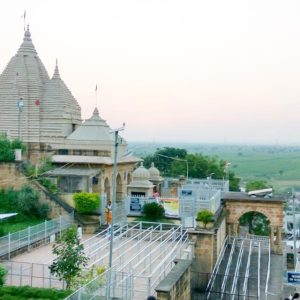
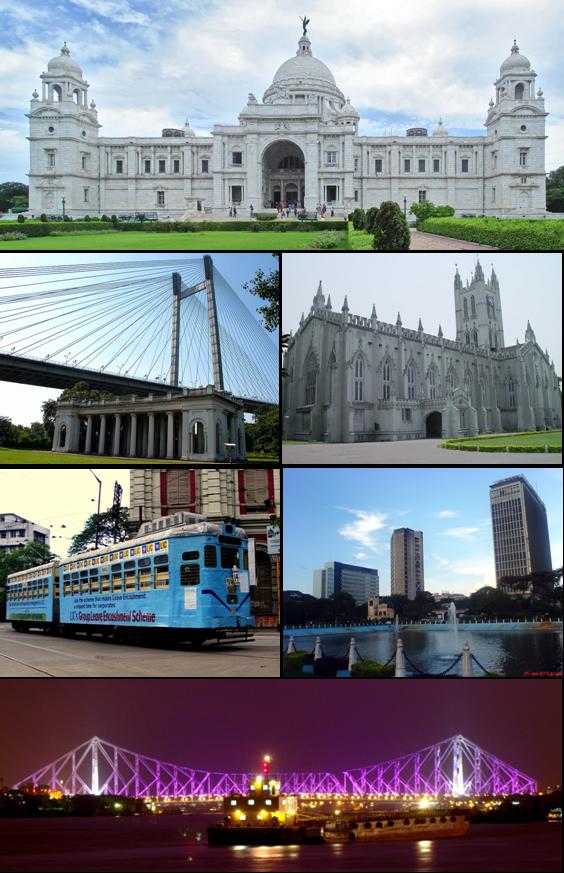
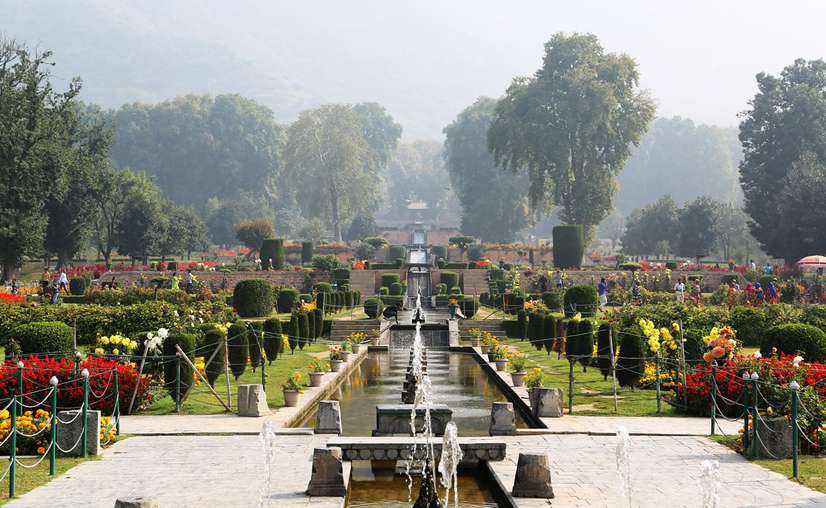



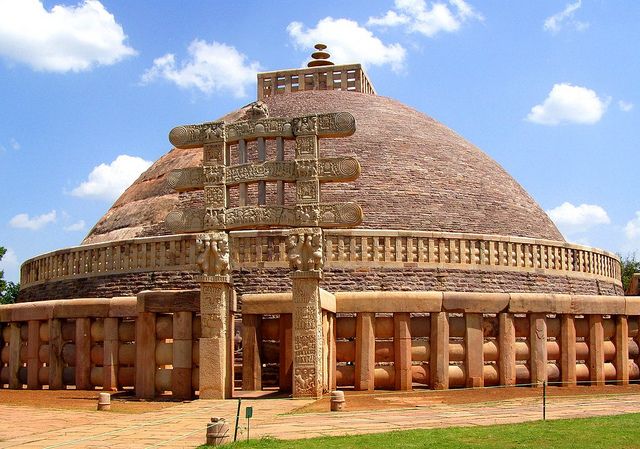
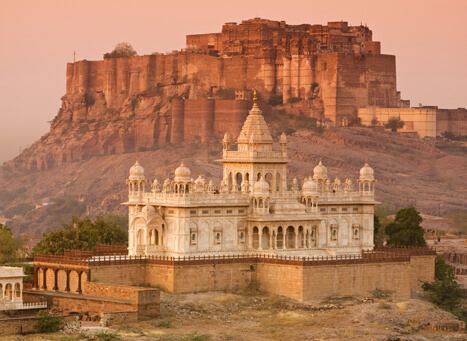
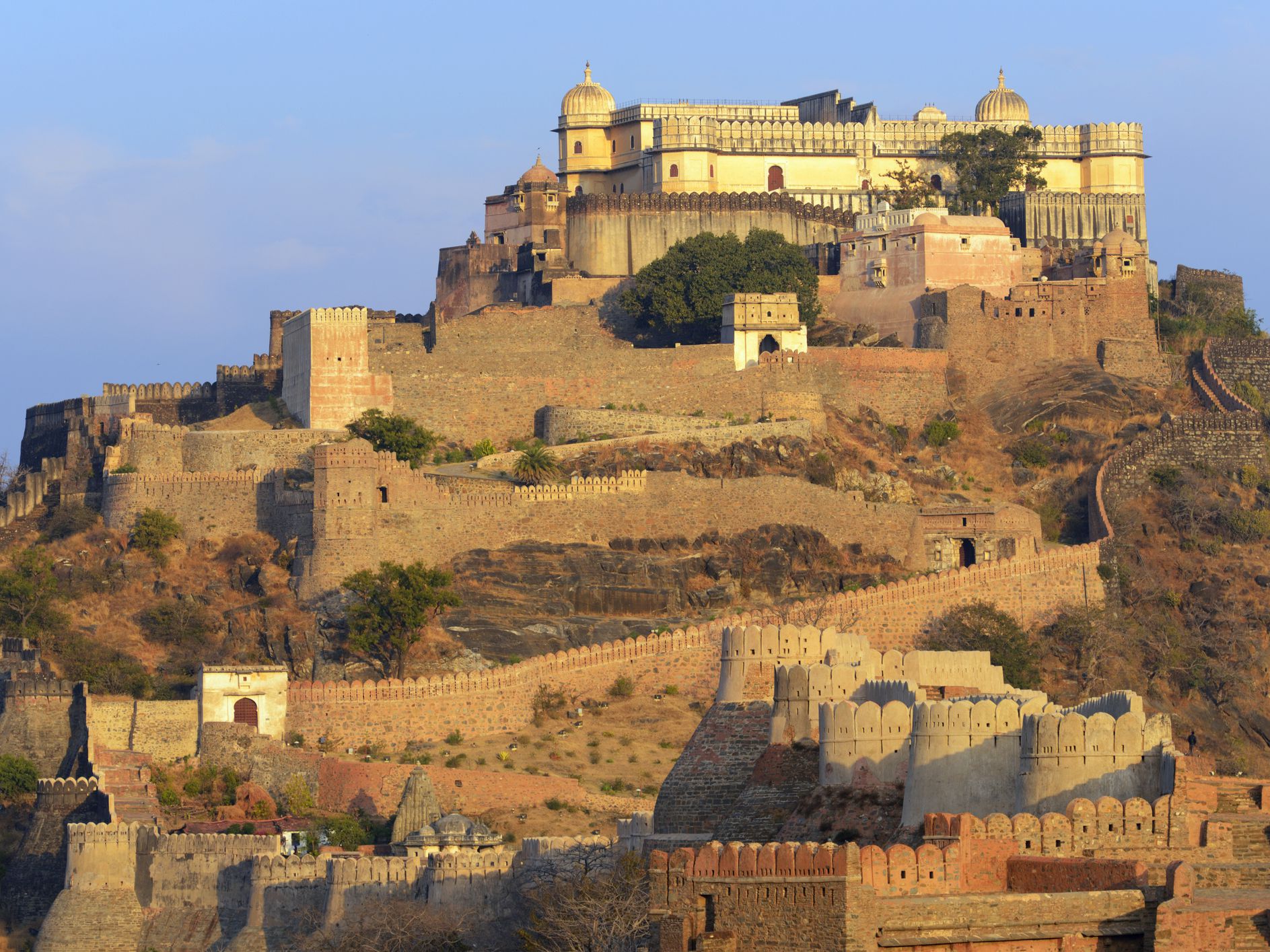



22 Comments
Comments are closed.